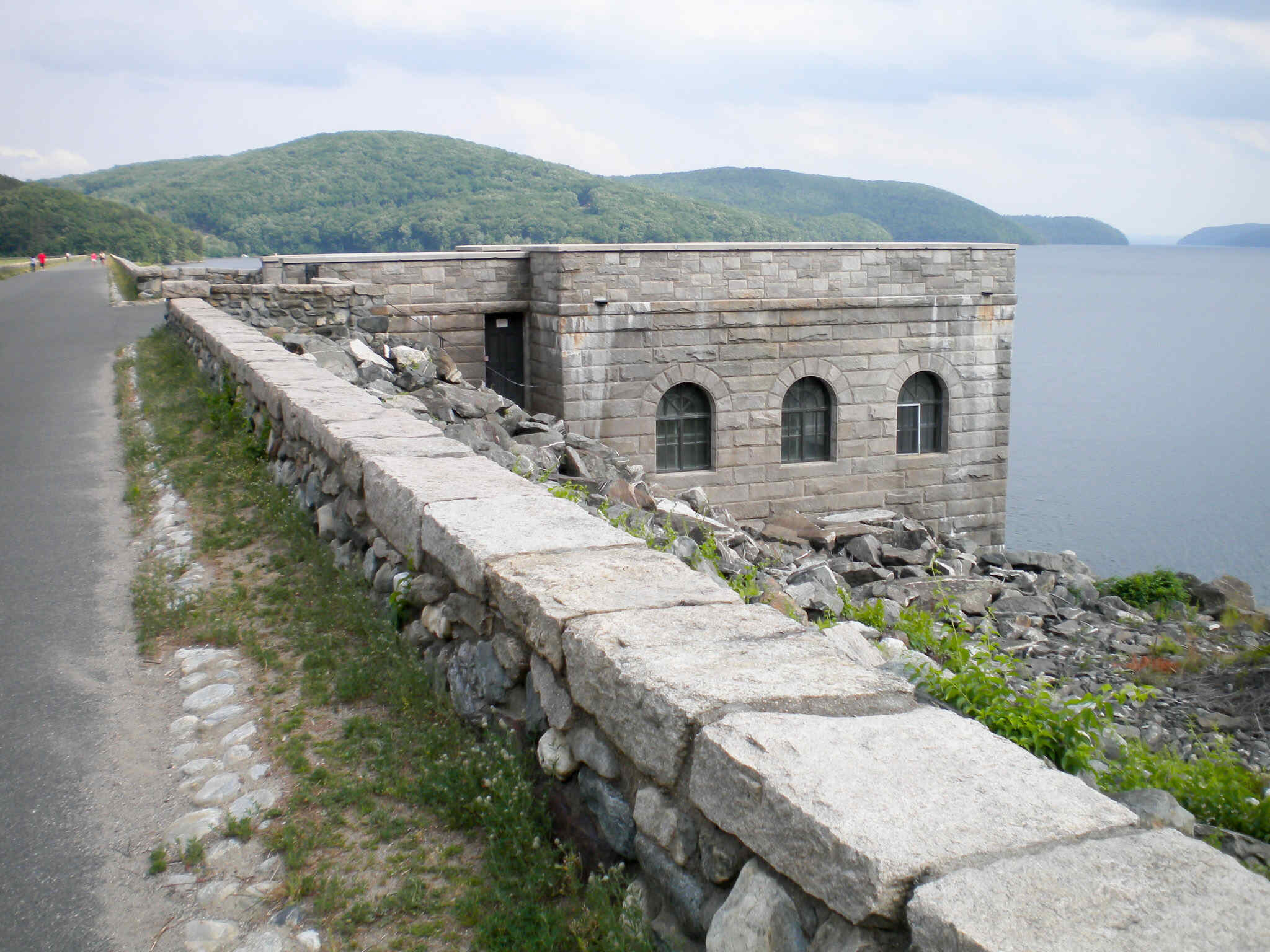Mysteries Of Quabbin Reservoir’s Lost Towns

Have you ever wondered about the Quabbin Reservoir's lost towns? This massive body of water in Massachusetts hides a fascinating history beneath its surface. Four towns—Dana, Enfield, Greenwich, and Prescott—were disincorporated and flooded to create the reservoir. These towns once bustled with life, schools, shops, and homes. Today, they lie submerged, a silent testament to the past. Walking around the reservoir, you might feel a sense of mystery and nostalgia. Old roads and stone walls peek through the woods, hinting at what once was. Dive into the story of these lost towns and uncover the secrets of the Quabbin Reservoir.
Mysteries of Quabbin Reservoir's Lost Towns
The Quabbin Reservoir in Massachusetts is a marvel of engineering and a source of drinking water for Boston. However, beneath its serene waters lie the remnants of four towns that were disincorporated and flooded to create this massive reservoir. These towns hold secrets and stories that continue to intrigue historians and adventurers alike.
Enfield: The Largest of the Lost Towns
Enfield was the largest and most bustling of the four towns. It had a rich history and a vibrant community before it was submerged.
- Enfield Town Hall: This was the heart of the town, hosting meetings, dances, and community events. Imagine the lively debates and celebrations that took place here.
- Enfield High School: A place where young minds were shaped. The school’s sports teams were a source of pride for the town.
- The Enfield Hotel: This establishment welcomed travelers and was known for its hospitality. It was a popular stop for those journeying through the area.
Dana: A Town of Resilience
Dana was known for its strong community spirit and resilience. Despite its small size, it had a significant impact on the region.
- Dana Common: The central gathering place for residents. It was surrounded by homes, shops, and the town church.
- Dana Town Hall: This building was the administrative center and a hub for social activities.
- The Dana Inn: A cozy inn that provided lodging and meals for visitors. It was a favorite among travelers for its warm atmosphere.
Greenwich: A Town of Innovation
Greenwich was a town that embraced innovation and progress. It was home to several notable figures and institutions.
- Greenwich Academy: An educational institution that was ahead of its time, offering advanced courses and attracting students from neighboring towns.
- Greenwich Library: A treasure trove of knowledge, this library was a beloved resource for residents.
- The Greenwich Mill: An industrial hub that provided jobs and boosted the local economy. Its machinery was state-of-the-art for its time.
Prescott: A Town of Natural Beauty
Prescott was known for its stunning landscapes and natural beauty. It was a haven for those who loved the outdoors.
- Prescott Hill: A popular spot for hiking and picnicking. The views from the top were breathtaking.
- Prescott Pond: A serene body of water where residents fished, swam, and enjoyed boating.
- The Prescott Farm: A working farm that provided fresh produce and dairy products to the community. It was a model of sustainable agriculture.
The Legacy of Quabbin's Lost Towns
The stories of Enfield, Dana, Greenwich, and Prescott live on through the memories of former residents and the artifacts that have been preserved. These towns may be underwater, but their legacy continues to inspire and fascinate.
Reflecting on Quabbin Reservoir's Lost Towns
Quabbin Reservoir's lost towns hold a unique place in history. The creation of the reservoir led to the disappearance of Dana, Enfield, Greenwich, and Prescott. These towns were once vibrant communities with schools, churches, and businesses. Today, the reservoir provides drinking water to Boston, but the memories of these towns live on. Exploring the area, you can find remnants like stone walls and cellar holes. The Quabbin Park Cemetery is a poignant reminder of the people who once lived there. Visiting the Quabbin Reservoir offers a chance to connect with the past while enjoying the natural beauty of the area. Whether you're hiking, bird-watching, or simply reflecting, the reservoir is a place where history and nature intertwine.

